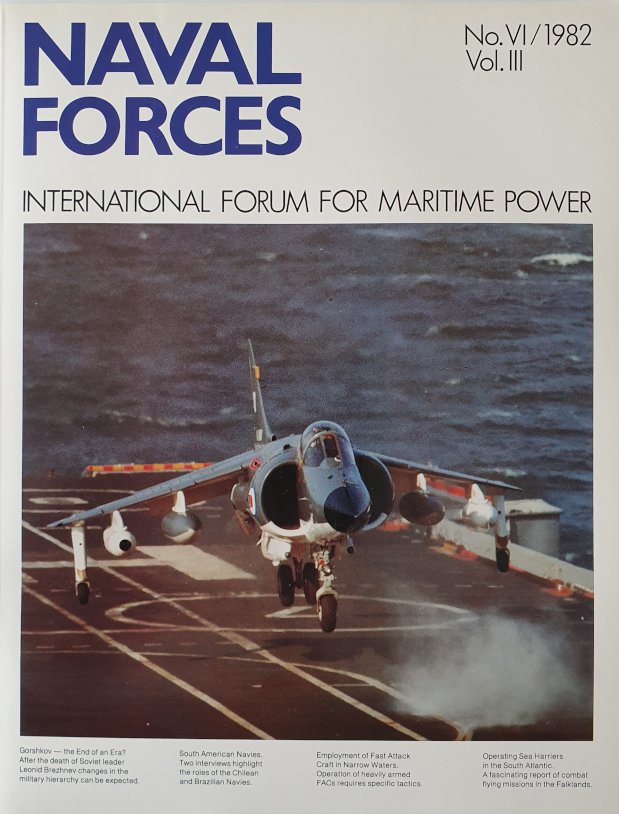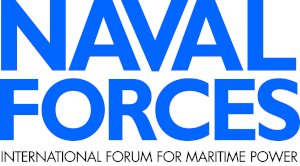The Falklands War (Guerra de las Malvinas) ended – with an Argentine surrender – on 14 June 1982. The 74-day conflict brought to the tables a multitude of new aspects of how naval warfare can be a decisive momentum. As such, submarines on both sides played an imminently important role in the armed conflict. As the war escalated, the numbers of casualties and losses in materiel grew – the two magnificent incidents were the torpedoeing of the WWII-vintage light cruiser ARA General Belgrano (received from the United States in 1951) on 2 May 1982 and the sinking of HMS Sheffield, a British Type 42 destroyer, on 4 May 1982. The conventional and nuclear-propelled submarine showed its pivotal role in the conflict. In his Editorial in Naval Forces VI/1982, Vice Admiral Sir Ian McGeoch (Ret) writes, “[…] the nuclear-propelled submarine, with up-to-date radio, is a flexible fleet unit, to be used independently on anti-submarine or anti-surface ship missions, or in support of a surface naval force, either direct or indirect.” He labels HMS Conqueror’s torpedo attack on the Argentine light cruiser an “epoch-making action,” the part played by submarines on both sides during the South Atlantic conflict. Argentina’s two German-designed Type 209 patrol submarines, however, lacked the sustained mobility of the modern surface warship, and the capacity to communicate with its base. So, the debate about how the diesel-electric submarine can be deployed in extended naval warfare continues until these days. More than that, the nuclear submarine played an increasing role in the Soviet Navy. It was on the brink (in the early 1980s) as a powerful ‘game changer,’ to be sure as part of a balanced fleet. Admiral of the Fleet of the Soviet Union, Sergey G. Gorshkov, who assumed the billet of Commander-in-Chief of the Soviet Navy on 22 October 1967, came to this position because of his support of submarines. James John Tritten, an active-duty commander in the US Navy in 1982, raises one question in his five-page article about the Soviet view of a balanced fleet: Are the Soviets developing a first-rate ocean-going fleet capable of challenging the US Navy in distant waters? The author is correct in assuming that strike aircraft carriers, deep water landing craft and the emphasis on logistics and sustainability – in addition to submarines – was “signalling a major shift in emphasis” that was in fact “not required” (in the early 1980s) for Soviet defence. Vice versa, these new capabilities were identified to allow the Soviets to project power outside their near waters in peacetime…






